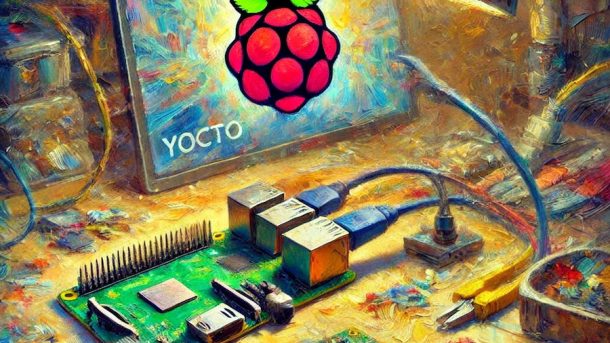Getting LetsTrust TPM module working with Yocto was fairly simple but there were a few things I learned along the way that may be worth sharing.
Continue reading...tpm
Yocto Emulation: Setting Up QEMU with TPM
Last time we got QEMU to launch u-boot, started kernel, and mounted a virtual drive. This time we are “just” going to add a TPM device to the virtual machine.
Continue reading...





